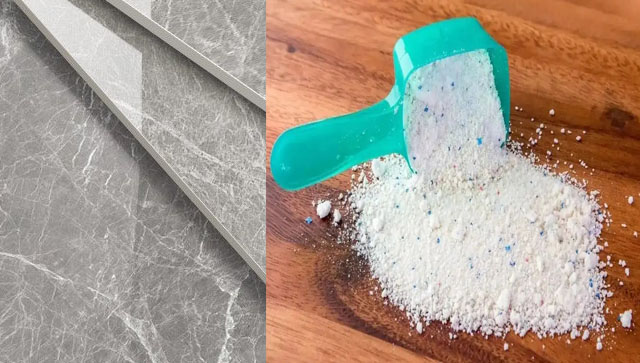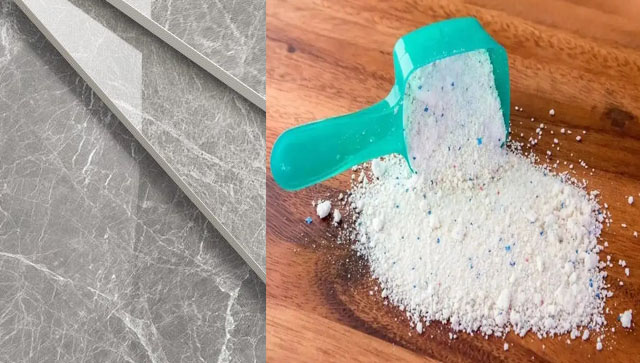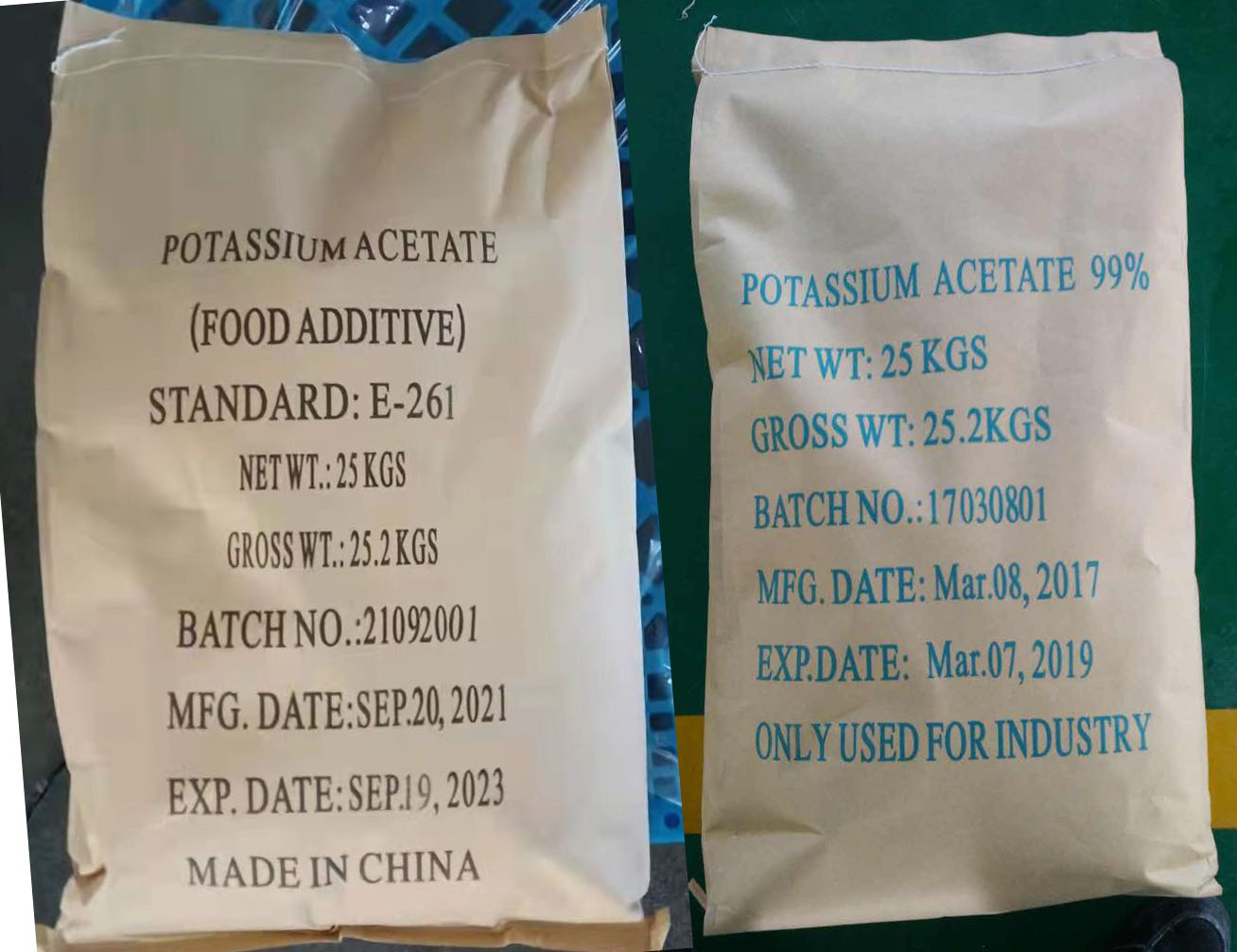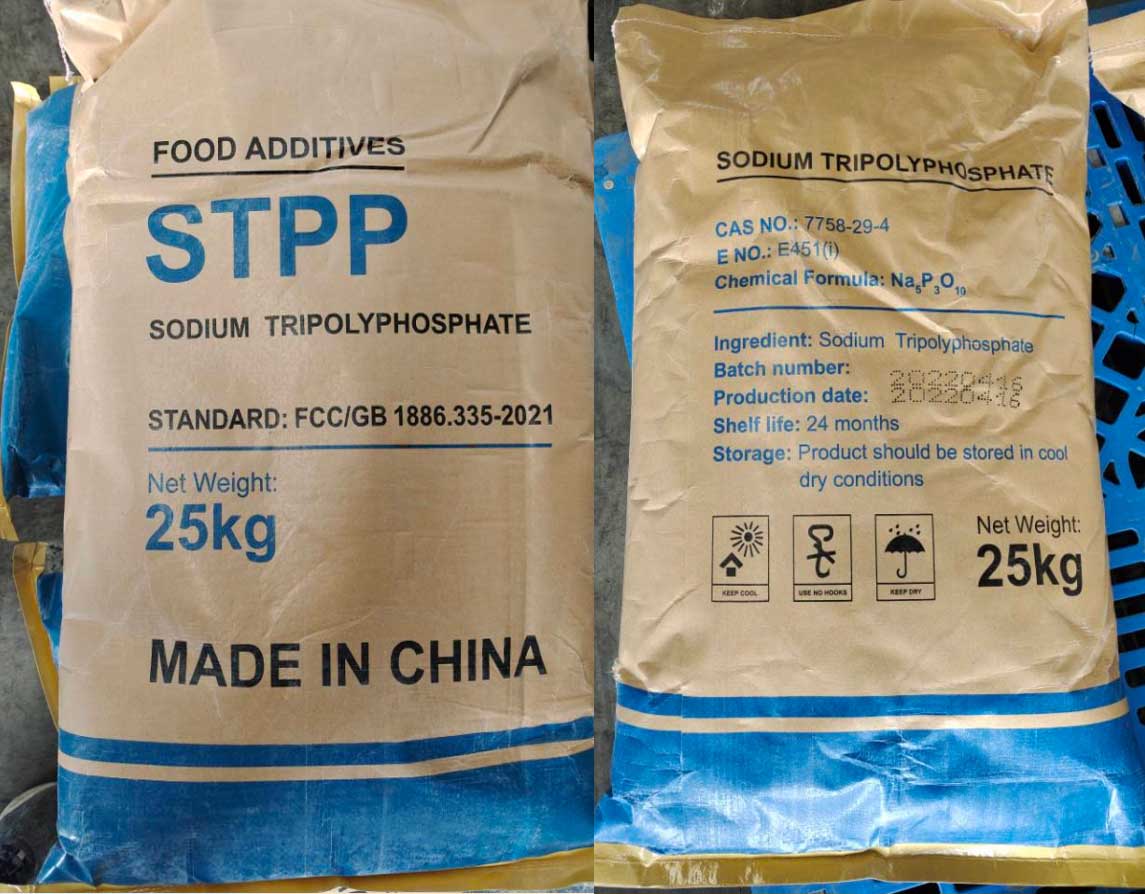Sodium Acid Pyrophosphate (SAPP) is a versatile food additive widely used in the food industry. It serves various functions such as a leavening agent, pH regulator, emulsifier, and sequestrant, contributing to the quality, texture, and shelf life of processed foods.
1. Key Applications of SAPP in Food Products
A. Baking Industry
Function: Used as a leavening agent in combination with baking soda (sodium bicarbonate) to release carbon dioxide gas, which helps dough or batter rise.
Applications:
Pancakes
Waffles
Biscuits
Muffins
Cakes
Types of SAPP:
Slow-acting SAPP: Suitable for products requiring long preparation times.
Fast-acting SAPP: Ideal for quick-baking products.
B. Processed Meats and Seafood
Function:
Retains moisture in meat and seafood products.
Improves texture by stabilizing proteins.
Prevents discoloration in cured meats.
Applications:
Sausages
Canned meats
Processed seafood (e.g., frozen shrimp, crab sticks)
C. French Fries and Potato Products
Function: Prevents darkening caused by oxidation during storage or cooking.
Applications:
Frozen French fries
Hash browns
Potato chips
D. Dairy Products
Function: Acts as an emulsifier and stabilizer to improve texture and consistency.
Applications:
Processed cheese
Cream-based sauces
Instant puddings
E. Frozen Foods
Function: Enhances freeze-thaw stability, preventing ice crystal formation and maintaining texture.
Applications:
Frozen dough
Ice cream
Ready-to-eat meals
F. Canned Foods
Function:
Sequesters metal ions to prevent discoloration and undesirable reactions.
Improves the firmness of fruits and vegetables during canning.
Applications:
Canned fruits (e.g., pears, peaches)
Canned vegetables (e.g., beans, corn)
G. Instant Foods
Function: Maintains product stability and enhances texture in instant or convenience foods.
Applications:
Instant noodles
Packaged gravies
Dehydrated soups
2. Benefits of Using SAPP
Controlled Leavening: Provides precise control over the timing of gas release in baking.
Moisture Retention: Improves juiciness and tenderness in processed meats and seafood.
pH Regulation: Stabilizes pH levels, enhancing product stability and quality.
Antioxidation: Prevents enzymatic browning and discoloration, especially in potato products and canned foods.
Extended Shelf Life: Enhances product longevity by preventing undesirable chemical reactions.
3. Safety and Regulations
Safety: SAPP is generally recognized as safe (GRAS) by the FDA when used within recommended limits.
Maximum Usage:
Levels vary depending on the application and product type.
Excessive use may lead to a soapy taste in food.
4. Labeling
In food ingredient lists, SAPP may be listed as:
Sodium Acid Pyrophosphate
E450(i) (as per EU labeling standards)
Conclusion
Sodium Acid Pyrophosphate (SAPP) is an essential additive in the food industry, enhancing the functionality, appearance, and quality of various food products. Its versatility and effectiveness make it a critical ingredient in baked goods, processed meats, potato products, and more. Proper formulation and adherence to regulatory limits ensure its safe and effective use.
For more details of SAPP, please feel free to consult Jiangsu Khonor Chemicals Co.,Limited.




